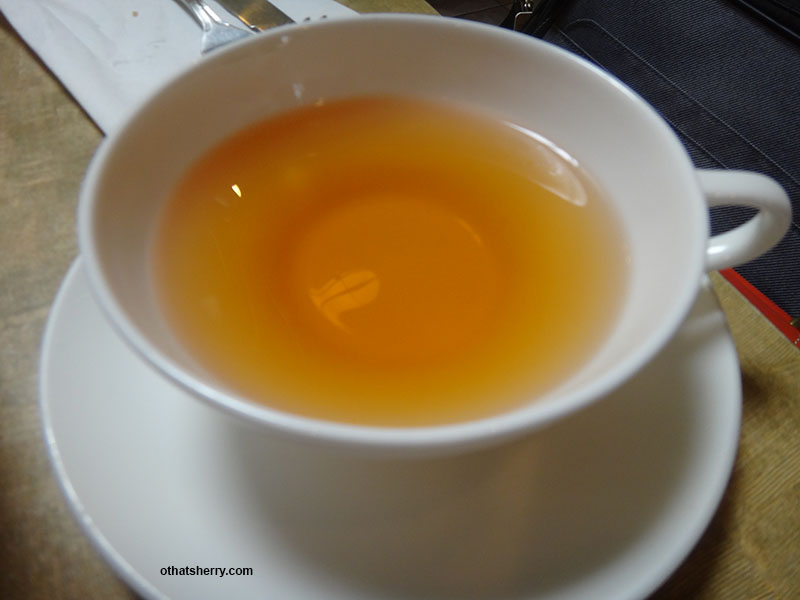Tea drinking is an integral part of Chinese culture. A Chinese saying names tea as one of the seven basic daily necessities, elevating tea to be among other important staples like firewood, rice, oil, salt, soy sauce, and vinegar. During the mid-Tang Dynasty (780 A.D.), a scholar named Lu Yu published Cha Ching or The Tea Classic. Having spent over twenty years studying the subject, Lu records his knowledge of planting, processing, tasting, and brewing tea. The monumental work, which fastidiously documents the history, place of origin, color, taste and benefits of each tea, is an unparalleled tea encyclopedia.
In comparison, tea plays a less prominent role in American society. Yet, tea-drinking offers a plethora of benefits such as fewer signs of aging and a decrease in cholesterol and blood pressure. Thirsting for a cup of tea? Go no farther than Tea Time (downtown Palo Alto).
The small, quaint tea room is great for tea lovers and ideal for the subtle affair of appreciating a variety of teas and their distinctive characteristics. I come here for an introductory tea pairing course. It’s like wine pairing, different types of tea pair well with different foods. The key is to match the flavor profile of a particular tea to its complementary food flavor(s). Join me and sample your way through six courses of tea and food combinations (click HERE for the tasting menu).
Food arrives on a standard three-tiered tray, start from the bottom and eat your way to the top. As each new pot of tea arrives, take a moment to admire the color and fragrance of the tea before drinking. The pleasure of tea drinking, according to Cha Ching, derives from color, fragrance and flavor appreciation.
The first tea is Oolong. Its oxidation lies somewhere between black tea, which is more oxidized, and green tea, which is less oxidized. As a result, Oolong has the delicate fragrance of green tea as well as the rich, full-bodied flavor of black tea. Also, Oolong is highly malleable and its taste can range from sweet and fruity to woody and roasted to fresh and green. Pair the ‘greener’ tasting Oolong with seafood or sweets, and as for the heavier tasting Oolong, consider grilled duck meat. The Formosa Oolong, which is golden-colored with a fruity aroma (less oxidized), matches well with the vegetarian spring roll.
Next, I move on to Darjeeling tea (first flush) and chicken apple sandwich. Darjeeling tea, also known as the “champagne” of teas, originates from the famous Darjeeling region in India. It is roughly divided into two categories, first and second flush. First flush teas are harvested in spring whereas second flush teas are harvested in summer. Therefore, first flush tea are younger and more delicate, yielding a light tea with an intense muscatel flavor. I love the first flush Darjeeling. It is absolutely beautiful—with each sip, I feel as if the taste of sunshine, spring and flowers are blossoming on my palate.
As I continue to sample tea after tea, I find myself appreciating the pairing experience even more. With the right combination of tea and food, there’s tremendous opportunity for each to bring out the best of the other. For example, to me Sencha smells and taste like seaweed and I don’t like it. However, when paired with the shrimp salad sandwich, I find Sencha’s ‘seaweed-y’ taste to disappear completely and is replaced by a very clean, crisp freshness.
With so many teas and foods out there, the possibilities of creative, delicious tea-and-food pairing combinations are endless. Let your palate be your guide and start drinking!
Tea Time 542 Ramona Street, Palo Alto Quaint. Bring your laptop, grab a cup of tea, and work the afternoon away. Price Range: $
The original review (Chinese) was published in News for Chinese (DEC 15, 2012).



